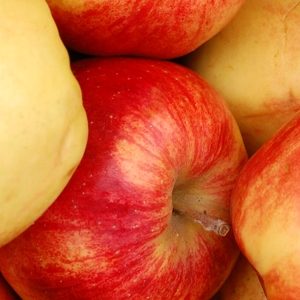 16 Jul 2020
16 Jul 2020
This raw-material file features apple pomace, a by-product of the industrial production of cider and apple juice, which is a good source of energy for ruminants. A description of average composition is given, as well as some guidelines for its utilisation.
Apple (Mallus domestica) is a tree of the rosaceae family. Its domestication goes 15000 years back, in the mountains between the current countries of Kazakhstan and China. It was introduced in Europe by the Romans. Nowadays, apple is the second most cultivated fruit in the world after bananas.
According to the FAO, the world’s production of apples was just about 86 million tons (FAO, 2020). Out of the total world’s production, 30 to 40% are damaged and not marketed, and 20 to 40 percent are used to produce apple juice (FAO, 2013). In 2016, only 0.66 million tons were use in animal feeding (FAO, 2018).
Apple pomace is utilized in animal feeding. It is a by-product of the fabrication of cider and apple juice.
Due to their content in non-fibre carbohydrates of high fermentability, the pH in silage drops to values close to 3 – 3.5, rendering a product of good stability.
Apple pomace is a by-product of the fabrication of cider and apple juice. Its composition is extremely variable because it depends on the proportion of skin, pulp, seeds, stems and juice in the by-product.
In general, it is a raw material with:
Despite its high palatability, apple pomace can sometimes undergo alcoholic fermentations, which can produce rejection or somnolence in animals.

It is convenient to control the level of patulin (neurotoxic mycotoxin), especially when using damaged apples.
Table 1. Composition of apple pomace

A problem for the utilisation of industrial by-products is their seasonality. Due to its high water content, it quickly loses its nutritional quality, becoming difficult to store it for long period of time. Dehydrating it before storage is too costly; however silage is an advisable preservation method (Kayouli y Lee, 1998).
Table 3. Recommended inclusion levels (Kg/animal/day)

Apple pomace is a good source of energy due to its high content in sugar and pectin (Anrique, 1992; Alibes et al., 1984). Some lactogenic effect has been attributed to it, mainly due to its major content of soluble carbohydrates, which increases the synthesis of lactose (Rook and Thomas, 1983). However, administering it in high quantities cmay be limited in order to ensure adequate ruminal function. Since it has low level of effective fibre, it is fundamental to ensure the provision of enough long fibre to stimulate rumination and production of saliva.
It is particularly good to improve mixes that animals have problems to ingest, due to its excellent palatability. It is also good for including new raw materials in the diet.
Subscribe now to the technical magazine of animal nutrition
AUTHORS
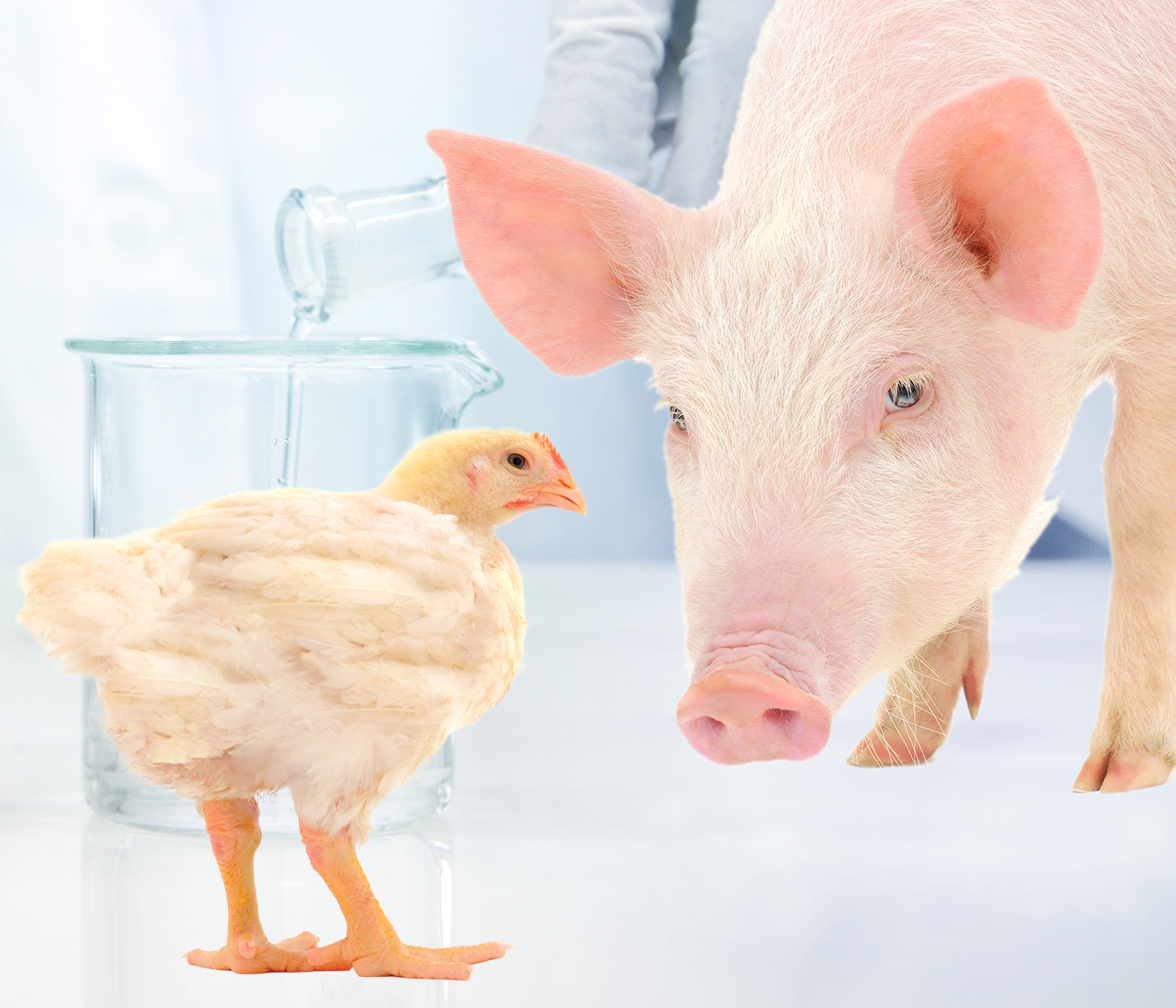
Still using Choline Chloride in animal nutrition?
Maria Alejandra Perez Alvarado
Unlocking the Potential of Sorghum in Poultry and Swine Nutrition
Vivian Izabel Vieira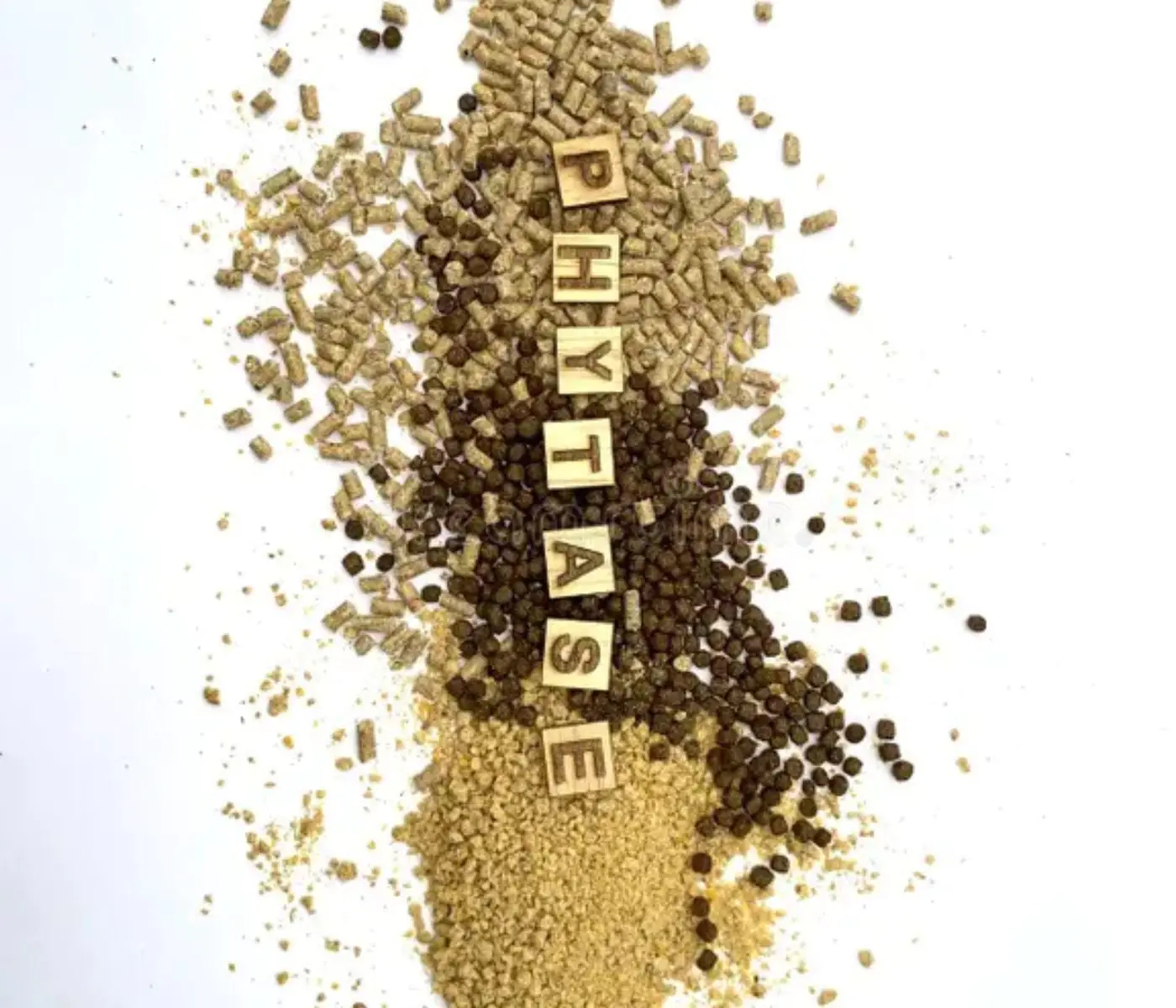
The Secrets Behind a Phytase
Juan Gabriel Espino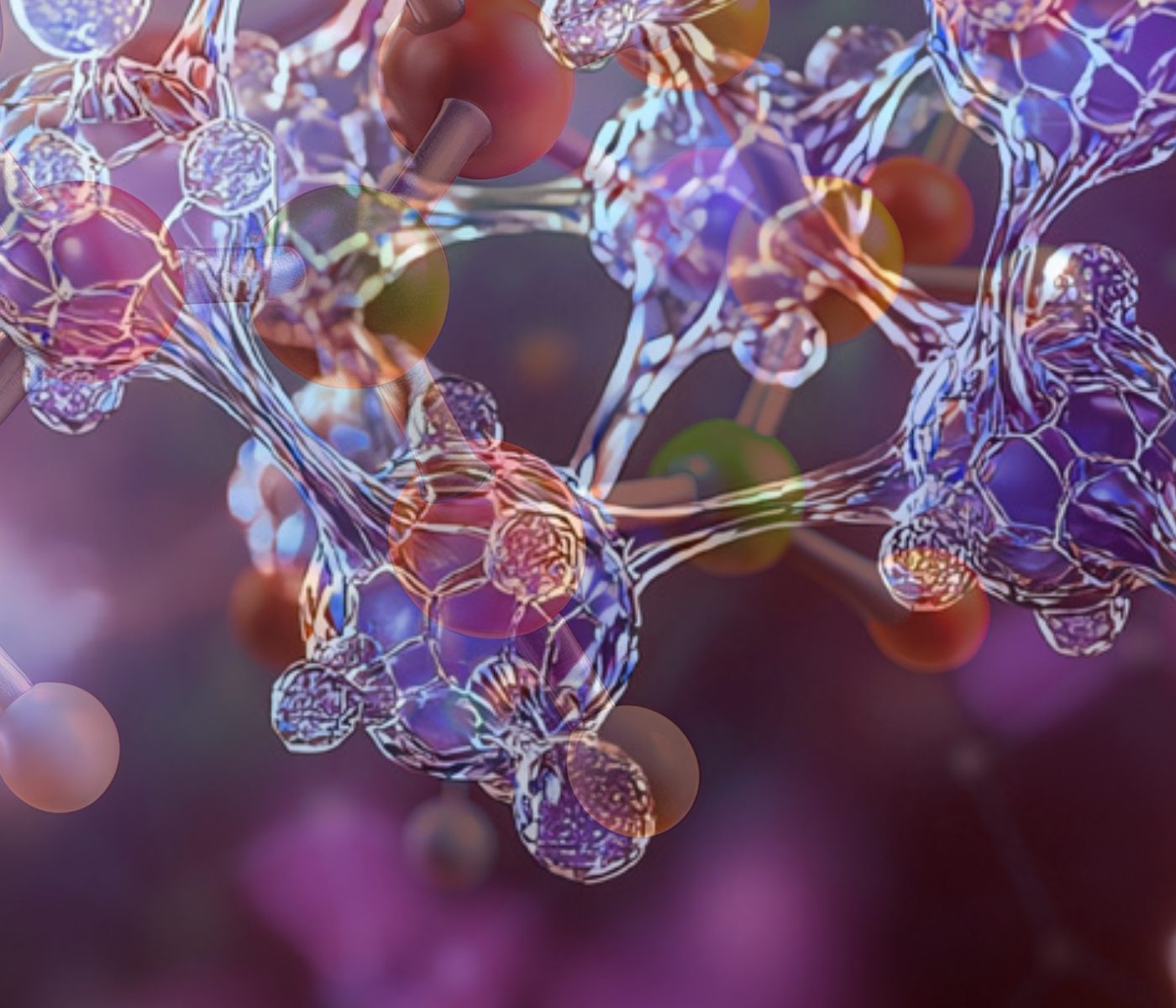
Nutrient and energy content of synthetic and crystalline amino acids
Edgar Oviedo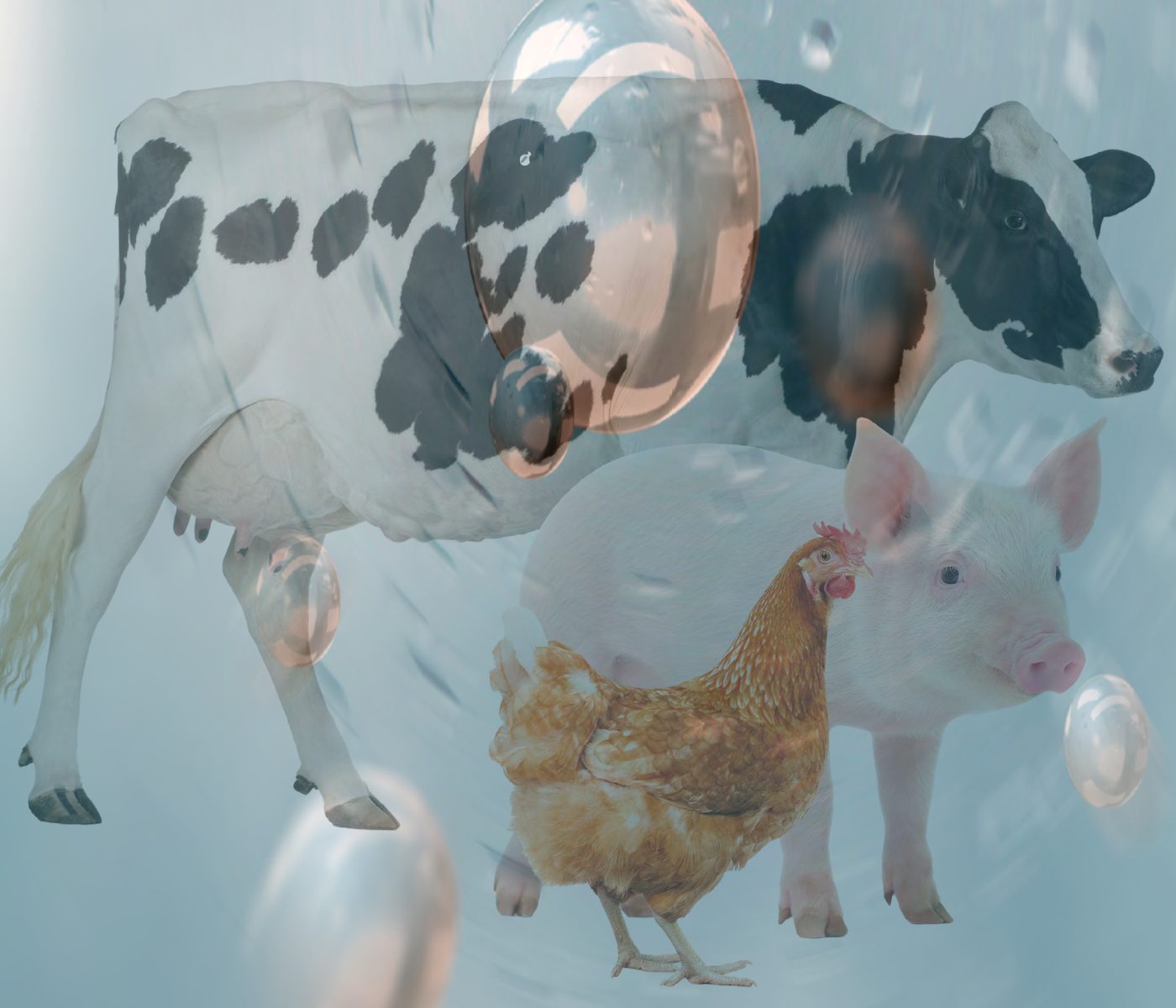
Micro Minerals, Macro Impact: Enhancing Poultry, Swine, and Cattle Nutrition
Gustavo Adolfo Quintana-Ospina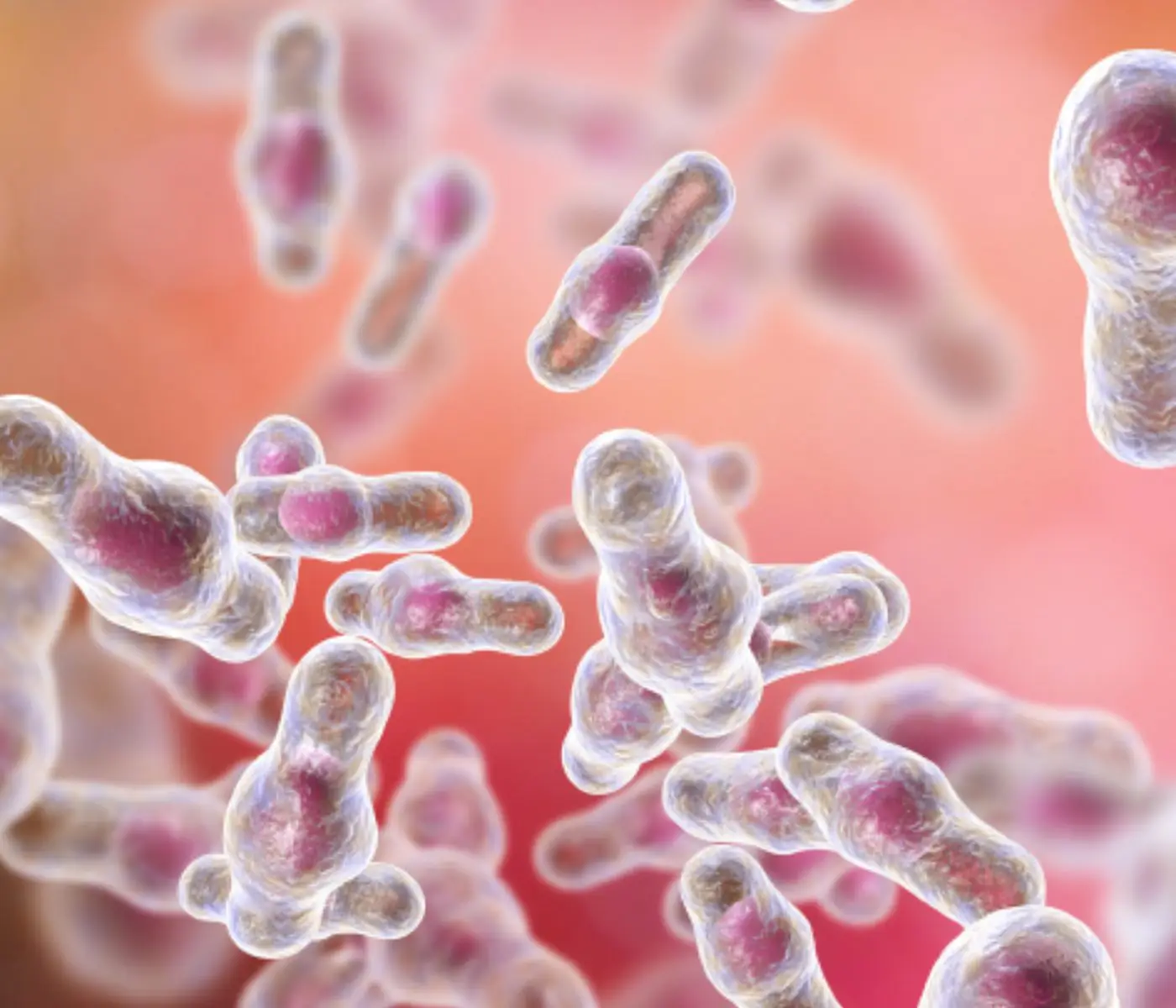
Smart Nutrition: Targeted Strategies to Combat Necrotic Enteritis in Broilers
M. Naeem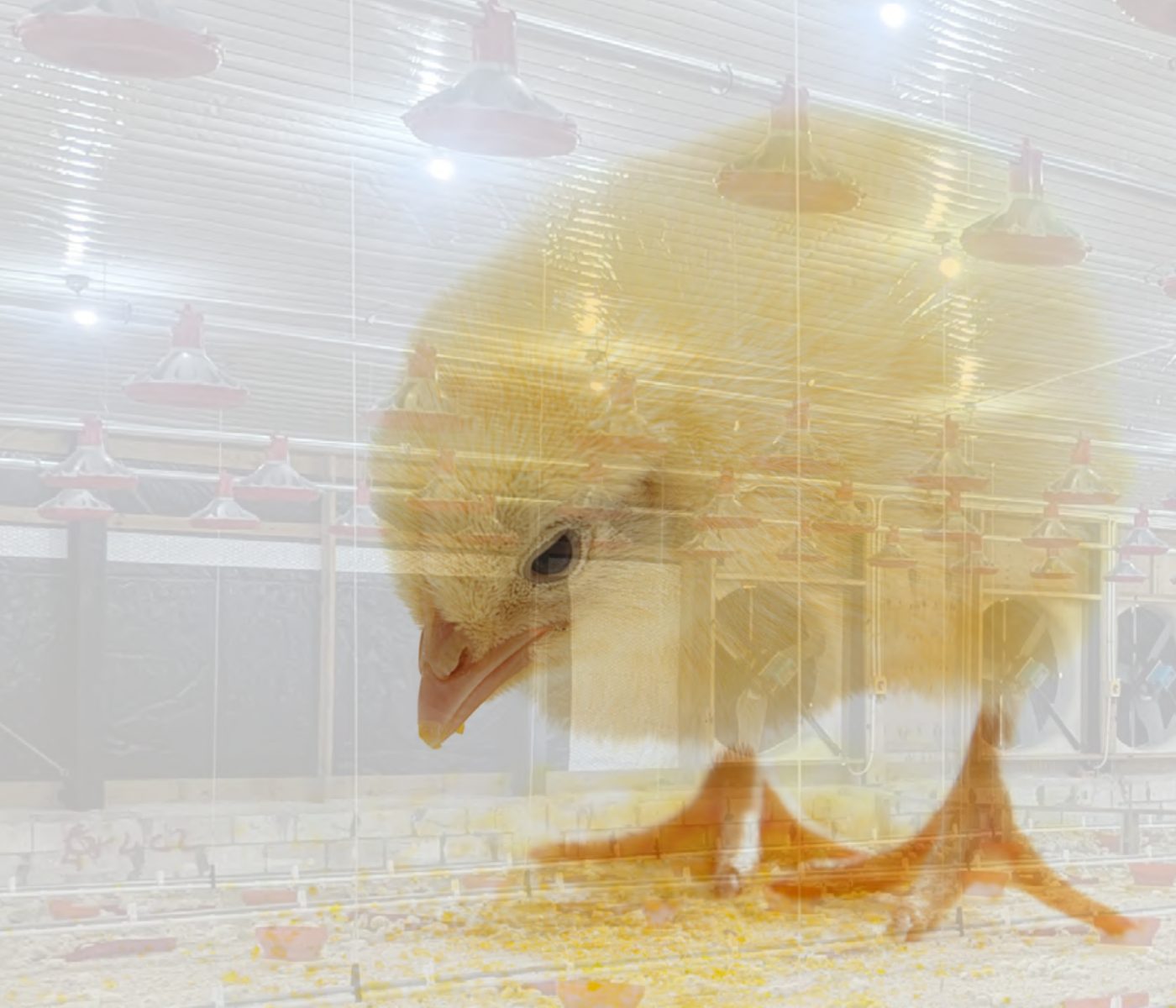
Navigating Poultry Nutrition in a Tropical Environment
Tanika O'Connor-Dennie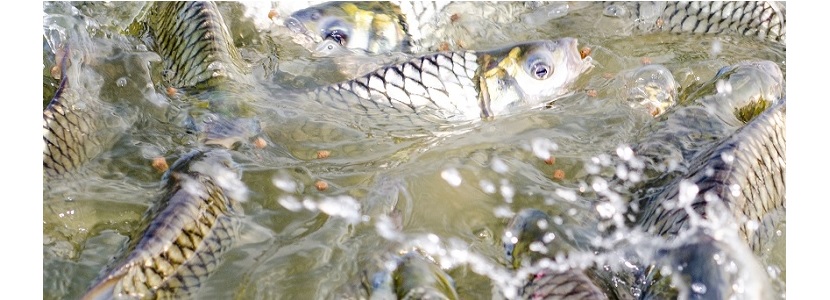
Protein in Aquafeeds: Balancing Requirements, Sources, and Efficiency
Jairo Gonzalez
Use of oxidized fats in pigs: risks and considerations
Maria Alejandra Perez Alvarado